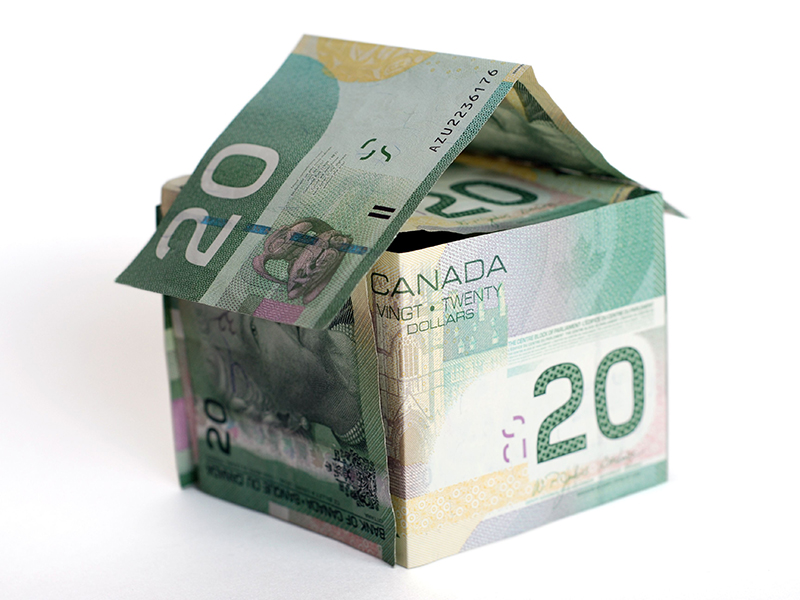
Policymakers have long been concerned about Canada’s household debt levels, largely thanks to overheated housing markets, but the growth in home equity lines of credit (HELOCs) is also worrying, says DBRS Limited.
In a new report, the rating agency highlights the risk that may be lurking for the Canadian banks in the growth of HELOC borrowing, which now represents about 11.3% of total household credit, up from 10.7% in January 2017.
DBRS says that HELOCs have been growing faster than residential mortgages over the past year, “as financial institutions have increasingly promoted products that combine a HELOC with a traditional mortgage.”
In these products, available credit under the HELOC increases as the mortgage is paid down, DBRS explains, making it easy for households to increase their borrowing. As such, HELOCs could “induce already highly leveraged Canadian consumers to increase their leverage,” it says.
Increased leverage in combination with rising rates would result in an “amplified shock” to consumers, it says.
The rating agency also points out that, because HELOCs allow borrowers to consolidate high debt loads, lenders may have difficulty identifying emerging credit problems, which could contribute to systemic vulnerabilities.
Further, HELOC borrowers are susceptible to a housing market correction, since the line of credit is secured by the residential property. “Borrowers could find themselves with a debt load that exceeds the value of their home,” the report says.
DBRS estimates that the large Canadian banks had a total of about $120 billion in undrawn HELOC commitments as of Oct. 31, 2018, in addition to $243 billion in outstanding HELOC balances.
Despite the concerns raised in the report, the agency views the big banks as “well positioned to absorb higher levels of credit losses.”